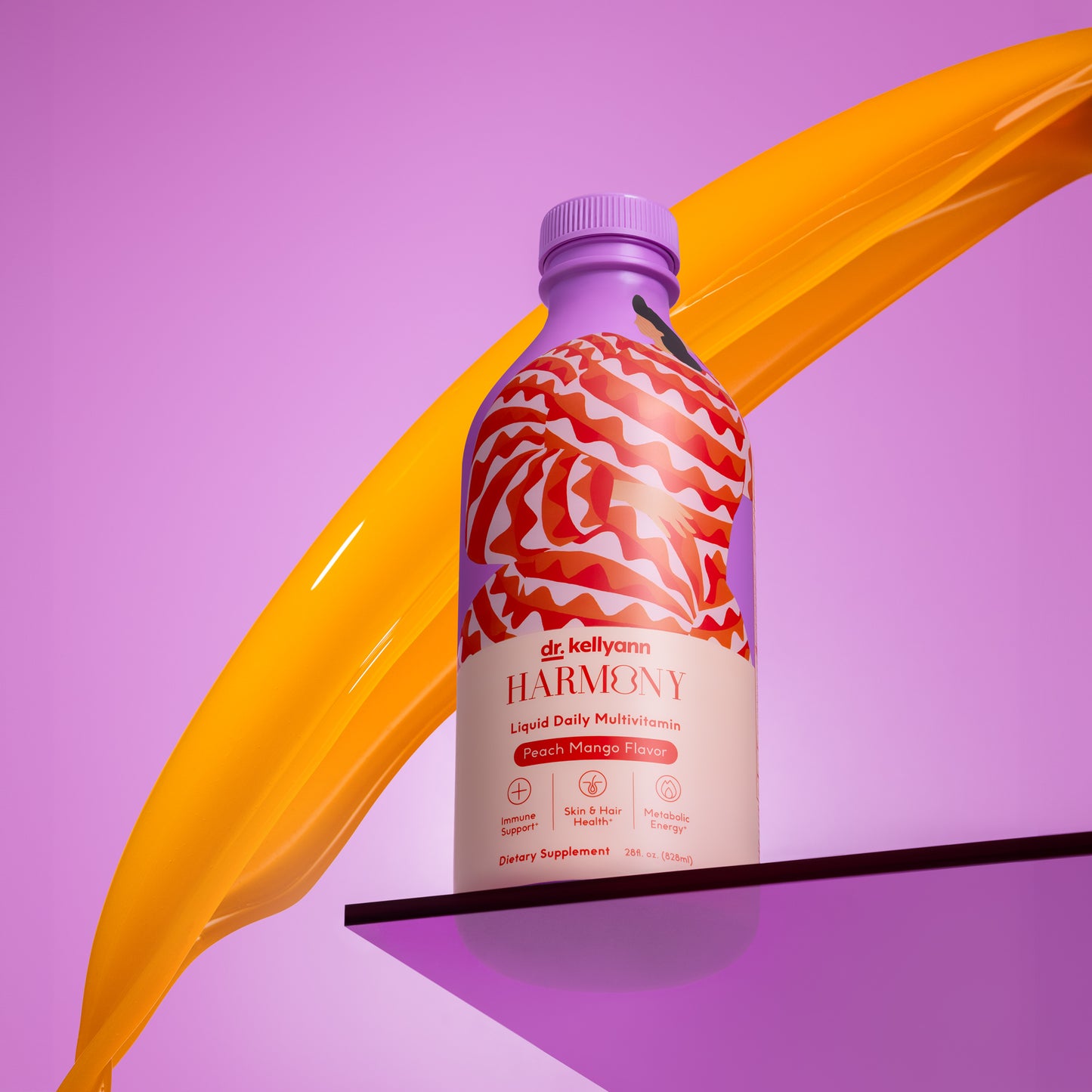
Craving cheese? Try Nutritional Yeast
One of the first things I ask my new patients to do is to kiss dairy foods goodbye. That’s because I’ve learned over the years that most people have problems with dairy and don’t even know it. When they cut it out of their diets, they typically come back a few months later and tell me, “My skin finally cleared up,” or “I’m not bloated anymore,” or “Yay—my nose finally quit running!”
Clearly, going dairy-free is a smart move for the majority of people. However, I know that it can be hard. First of all, dairy foods contain neuroactive peptides that are actually a little addictive. And second, many people truly love the taste of cheese.
You can solve the first problem—a dairy addiction—simply by waiting it out. It’s like cutting out sugar: tough at first, but easier as you go along.
But what about the second problem? What if you’re a true cheese lover, and you really, REALLY miss the stuff?
In that case, I have a solution for you: it’s nutritional yeast, and it has all the cheesy goodness you’re craving. Today, I’ll tell you a little about this interesting food and how to use it.
What is nutritional yeast?
Nutritional yeast (sometimes called “nooch”) is an inactivated yeast grown on sugar cane or beet molasses. It’s similar to regular yeast, but it doesn’t have any leavening power. It comes in flakes, granules, or powder form.
What are the health benefits of nutritional yeast?
Nutritional yeast is loaded with high-quality protein, containing nine essential amino acids. It’s also naturally rich in many vitamins (especially B vitamins) and minerals, and is usually fortified with vitamin B12.
Nutritional yeast is an excellent source of chromium, a nutrient that can help lower blood sugar levels in people with diabetes. (If you’re taking medications for diabetes, use nutritional yeast cautiously until you determine how potent its effects on your blood sugar are.)
One study published in the British Journal of Nutrition in 2013 found that nutritional yeast can boost post-exercise immunity in athletes. In this study, athletes who ate ¾ of a teaspoon of a type of fiber found in nutritional yeast had higher levels of circulating monocytes (white blood cells that help protect against infection) following exhaustive exercise. (Extreme exercise normally causes the numbers of these cells to drop rather than rise.) In addition, marathon runners who ate the fiber were sick only half as often in the weeks following a race as those taking a placebo.
Are there any drawbacks to using nutritional yeast?
Nutritional yeast can’t cause an overgrowth of yeast in the gut because it’s inactivated and can’t reproduce. As a result, it won’t lead to problems if you have an issue with yeast infections.
However, if you’re sensitive or allergic to other types of yeast, exposure to nutritional yeast may cause symptoms. Also, if you have Crohn’s disease or ulcerative colitis, it’s possible that nutritional yeast may trigger flareups.
Don’t eat nutritional yeast if you’re on an MAO inhibitor drug. The yeast is rich in tyramine, which can interact with this category of drugs and cause a dangerous increase in blood pressure.
Nutritional yeast also contains a significant amount of glutamic acid (glutamate), an amino acid that’s plentiful in plant and animal proteins. This has led many people who are sensitive to the synthetic food additive monosodium glutamate (MSG) to avoid it. However, unlike the glutamic acid in MSG, the glutamic acid in nutritional yeast is bound to other amino acids or proteins so your body can excrete any excess. However, if you are very sensitive to foods containing glutamate, you should probably avoid nutritional yeast.
How can you add nutritional yeast to your diet?
Nutritional yeast has a nutty, cheesy flavor that’s similar to Parmesan cheese, and you can use it in dozens of different ways. Here are some tips for adding this fun food to your diet.
- Stir it into soups.
- Try it on popcorn.
- Put it in mashed cauliflower or mashed potatoes.
- Add it to smoothies.
- Sprinkle it on salads.
- Use it to replace the cheese in pesto.
- Toss it on roasted kale chips.
- Use it anywhere you’d use Parmesan cheese.
Because nutritional yeast has a strong taste, it may take a little getting used to. But start sprinkling it here and there, and I think you’ll become a big fan. It’ll give you all the cheesy goodness you desire, without the bloat, bad skin, and runny nose you definitely don’t want!
Keep thinking big and living BOLD!








